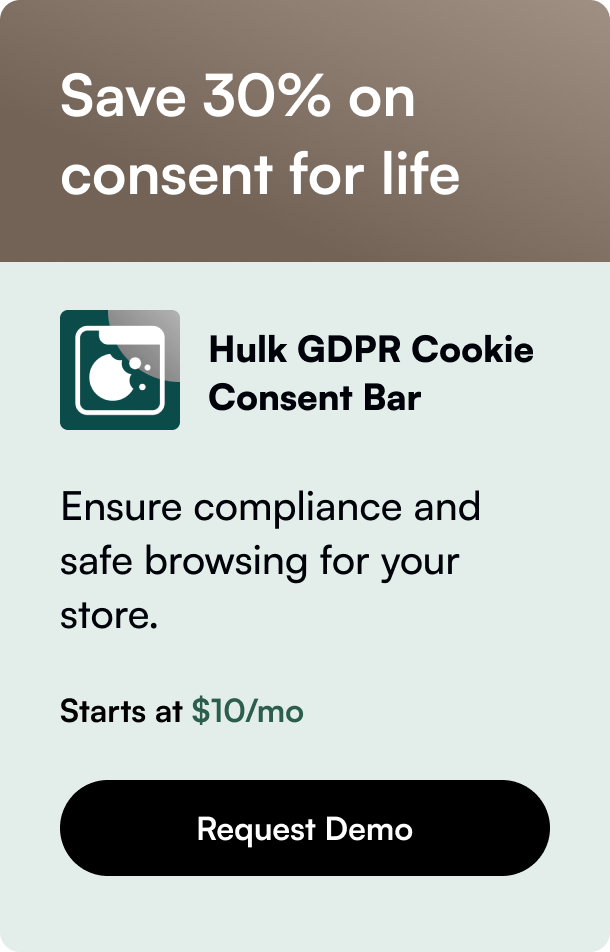Table of Contents
- Introduction
- Preparing Your Shopify Store for Launch
- Going Live
- Post-Launch Tips
- Conclusion
- FAQ Section
Launching a Shopify store is an exhilarating journey into the world of e-commerce. Whether you're a seasoned entrepreneur or venturing into your first online business, the moment you make your Shopify site live is pivotal. This guide will walk you through every necessary step to launch your Shopify site, ensuring a smooth transition from development to a live e-commerce store. Get ready to unveil your online brand to the world.
Introduction
Imagine this: You've been toiling away, curating products, designing your store, and perfecting every detail. Now, it's time to transition from the shadows into the spotlight. Making your Shopify site live is more than just flipping a switch; it's about preparing your business for its debut to the public. In this comprehensive guide, you will learn the exact steps to take your Shopify store from a work in progress to a live entity ready to welcome customers.
Whether you're curious about the technicalities, such as setting up domain names and choosing the right Shopify plan, or the finer details of testing and adjusting your live store, we've got you covered. This blog post promises to equip you with all the knowledge needed to confidently launch your Shopify store. Let's make your e-commerce dreams a reality.
Preparing Your Shopify Store for Launch
Choose the Right Shopify Plan
Selecting the appropriate Shopify plan is crucial. Each plan offers different features and transaction fees, so consider your budget and needs. Shopify’s flexibility allows you to upgrade or downgrade plans as your business evolves.
Importing Your Products
Ensure all your products are correctly imported into your Shopify dashboard. This includes detailed descriptions, prices, and high-quality images. A clear, comprehensive product listing is essential for a successful store.
Designing Your Store
First impressions matter. Choose a Shopify theme that aligns with your brand identity and customize it to create a seamless user experience. Your store’s design should not only be visually appealing but also functional, ensuring customers can easily navigate through your site.
Setting Up Payment Gateways
Shopify supports various payment gateways, including Shopify Payments, PayPal, and Stripe. Select the ones most convenient for your target audience. Ensure you understand the fees associated with each to manage your costs effectively.
Configure Shipping Options
Shipping is a critical aspect of the online shopping experience. Set up your shipping rates and options in Shopify’s settings. Offer multiple options if possible, from standard to expedited shipping, to meet diverse customer preferences.
Going Live
Domain Configuration
A custom domain adds professionalism to your store. If you haven't already, purchase a domain either through Shopify or a third-party provider. Then, configure your DNS settings to point your domain to your Shopify store, ensuring a smooth transition for your store's official URL.
Remove Password Protection
Shopify stores are password-protected by default. Remember to remove this password to make your site accessible to the public. This can be done in the Preferences section of your Shopify settings.
Testing Your Site
Before announcing your launch, conduct thorough testing. This includes placing test orders to verify the checkout process and payment gateway functionality. Also, navigate through your site on different devices and browsers to ensure a consistent shopping experience.
Legal and Policy Pages
Ensure your store is legally compliant by setting up necessary pages like terms of service, privacy policy, and refund policy. Shopify provides templates for these, but consider consulting with a legal professional to tailor them to your business.
Post-Launch Tips
Monitor Your Site’s Performance
After going live, closely monitor your site’s performance. Use Shopify’s analytics to track visitor behavior, conversion rates, and other key metrics. This data is invaluable for making informed decisions to optimize your store.
Marketing and SEO
A live store is only the beginning. Implement marketing strategies and SEO best practices to drive traffic to your site. Consider email marketing, social media advertising, and content marketing to engage with your audience and elevate your brand.
Continuous Improvement
E-commerce is an ever-evolving field. Regularly update your store with new products, features, and content. Use customer feedback and analytics data as a guide to continually enhance the shopping experience on your site.
Conclusion
Making your Shopify site live marks the beginning of your e-commerce journey. It's a process that requires careful planning and attention to detail. By following the steps outlined in this guide, you're well on your way to launching a Shopify store that not only looks professional but is also optimized for success.
Remember, launching your store is just the start. Continued effort in marketing, customer service, and site improvement will be key to growing your business. With dedication and perseverance, your Shopify store can thrive in the competitive world of online retail.
FAQ Section
-
How can I choose the best Shopify theme for my store?
- Consider your brand identity, product types, and desired user experience. Utilize free themes for a start or invest in a premium theme for more customization options. Always preview themes before making a decision.
-
What are some essential features my Shopify store should have?
- Essential features include mobile responsiveness, user-friendly navigation, high-quality product images, secure checkout, and customer testimonials.
-
How often should I update my Shopify store?
- Regular updates are crucial. Aim to review your store monthly for potential improvements and stay updated with Shopify’s features and integrations.
-
Can I sell internationally with my Shopify store?
- Yes, Shopify supports international selling. However, consider the implications of shipping, currency conversion, and local regulations.
-
What should I do if my Shopify store isn't making sales?
- Analyze your store’s data to identify potential issues. Consider revising your marketing strategy, improving SEO, or redesigning your store for better user experience. Additionally, seek feedback from customers or e-commerce experts.








